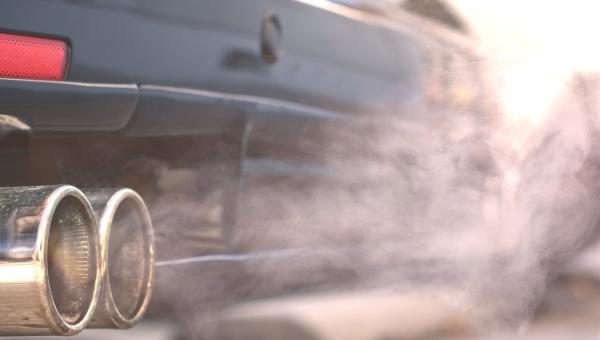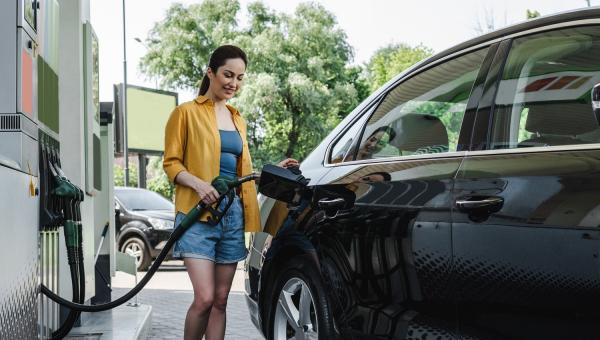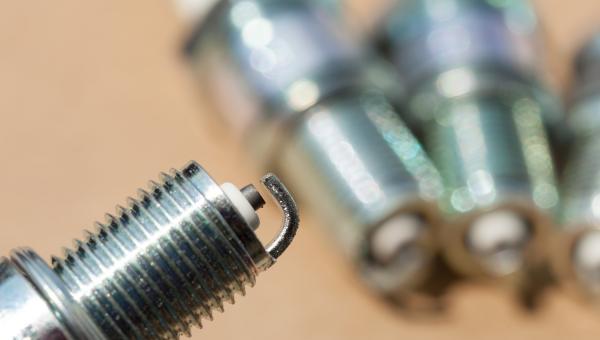Test Drive Notes Library
-
 Pros
Pros
- Ride quality. The newest Subarus are somehow—we don’t know how—producing ride quality that beats every car in its price class. The Legacy (the sedan version of the Outback) soaks up bumps and potholes better than a $32,000 car should. This should be particularly attractive to those of us who live in the great, frozen North, where the Subaru’s all wheel drive helps us get through winter, and then the ride quality helps us get through spring pothole season with our fillings intact.
- Visibility. Another Subaru constant these days is better than average outward visibility. While other car makers are shrugging off visibility (“Hey, you’ve got a backup camera and automatic emergency braking, whaddaya need to SEE for?”), Subaru continues to seek the optometrists vote by making large windows and thin roof pillars. The Legacy has great forward and front-side visibility, with a big windscreen and huge side windows with low shoulders. While the high trunk prevents you from seeing where the back of the car ends, you CAN see out the back window, and, surprisingly, even out the rear sides, too. If you’re upgrading your ride for the first time in a decade or so and are horrified by the poor visibility of everything you’ve test driven, hop in one of these. Or even better, a Subaru Forrester.
- Practical. This is a well rounded car. Decent room up front, good room in back, and an enormous trunk. Add in all-wheel drive, respectable handling, and good gas mileage (we got 27.5 overall), and it’s a do-almost-everything car for folks who live in winter climates. You know what would make it even more versatile? Making it a wagon. So unless you specifically want a sedan, check out the Outback, too.
- Good safety package. Subaru’s EyeSight suite of safety systems is standard. (Only blind spot monitoring, rear cross traffic alert, and the “Driver Focus Distraction Mitigation System” costs extra.) What’s the Driver Focus Distraction Mitigation System? It keeps track of where your eyes are. No, don’t worry, it doesn’t set off an alarm when you check out that guy on the mountain bike while your husband is in the passenger seat. But it does beep at you if you take your eyes off the road for more than a few seconds while the car is moving. Spend too much time trying dig into the touch screen menus to turn your seat heater down from scorch to saute (see below)? Beep. Have a covert look at a text message? Beep. Turn around to take the steak knife out of your toddler’s hands? Beep. The thing works. And it calls you out on your bad behavior.
- Pretty good CVT. Continuously variable transmissions are economical. They don’t have fix gears, but instead use belts to continually adjust to always provide the most efficient ratio. But they take a little getting used to, and some drivers just find them weird. Subaru’s operates well, and they’ve somehow managed to program it so it mimics a standard, fixed gear automatic transmission, instead of revving up high and dropping down all the time. It’ll still rev up when you really accelerate, but most of the time, it operates seamlessly and unnoticed.
-
 Cons
Cons
- Stop-start.The one thing that Subaru absolutely has to fix on its cars is the stop-start system (which shuts off the engine when you stop in traffic, then automatically restarts when you take your foot off the brake). Most manufacturers have been improving the smoothness of these systems to the point where some are practically unnoticeable. Subaru’s is, um, noticeable. It starts with a distinct shudder. It’s probably annoying enough to remove this car from shopping lists. It might be related to Subaru’s boxer engine layout, where the cylinders are horizontally opposed. That may contribute to the yawing motion when the car starts. But whatever it is, Subaru needs a fix, stat.
- Missing switches. Subaru employs a large, vertically oriented touch screen. Nothing wrong with that, other than some slow response times. The Legacy even has hard buttons for the dual temperature controls, volume, and tuning. All good. But in order to turn off the annoying stop-start system, you have to go several menus deep. And you have to do it every time you start the car. Same with the seat heaters, which people tend to adjust a lot. You get in a cold car, you put them on high. Ten minutes later, you have grill marks on your tuchus, and you turn it down to low. Half an hour later, the car is toasty, and your butt is sweating, so you turn it off entirely. Each time you want to adjust the seat heaters in the Legacy, you have to go two menus deep on the touch screen. Most other cars have hard switches next to the shifter for the seat heaters. Subaru shouldn’t have cheaped out on them, and we hope to see them back.
- Engine noise. The engine noise is not bad in the Legacy, and the Subaru boxer engine has some mechanical advantages, like a lower center of gravity for better handling. But it does make a distinct sound, and it’s not the sound of luxury. When you step hard on the gas to accelerate, the boxer engine, combined with the continuously variable transmission, creates a fairly loud engine drone. It’s not a reason not to buy the car, but it’s one way in which the Legacy is not as refined as say, a Toyota Camry. Our test Legacy had the standard 2.5 liter engine, making an adequate 182 hp. There’s also a turbo charged 260 hp 2.4 liter, which is obviously more powerful, almost certainly quieter, but with a penalty in fuel economy.
Test Drive Notes Library
Get the Car Talk Newsletter
 Pros
Pros Cons
Cons


